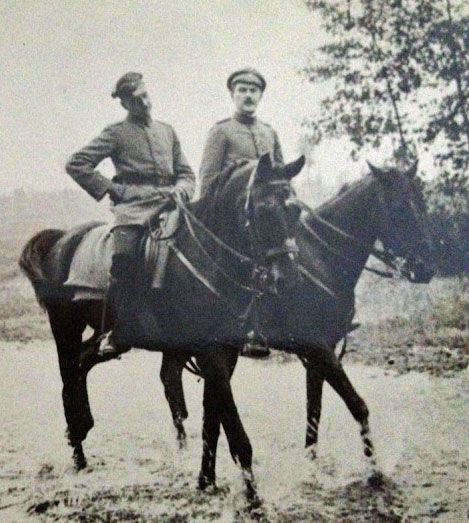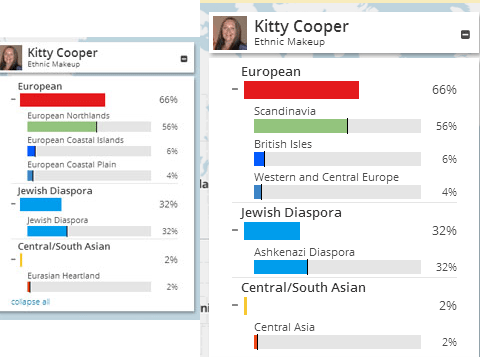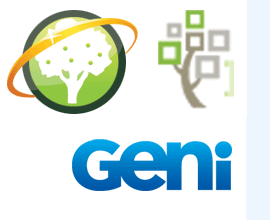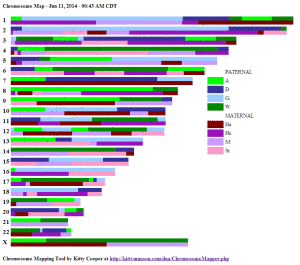On June 28, 1914 my grandfather Siegfried Joseph Thannhauser was celebrating his 29th birthday when Archduke Franz Ferdinand and his wife were assassinated commencing the countdown to World War I. What were your ancestors doing on that day?
When you are American and you have a German grandfather then you may have the feeling that he fought on the wrong side in World War I. My Opa was a medical doctor and he demonstrated his bravery by picking up the wounded under fire after his driver was killed; for this he received the Iron Cross. Funny how that was forgotten when he was dismissed from his professorship in 1933 for being Jewish.
He also had a hobby, photography, and took many photos during his time at the front. He made two albums of his war years which the family still has. One of his great grandsons showed them to a friend who was studying WWI. She had them digitized and then posted them on her blog, with the family’s enthusiastic permission. The picture on the left is from those albums.
So to honor this day and my Opa, I added a page on our family history site about his war service with links to those photographs on her blog.
I miss you my beloved Opa! Growlie, growlie … (what I used to say when I scratched the bald spot on his head for him for which I would be rewarded with a quarter!)




